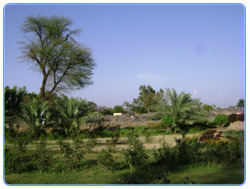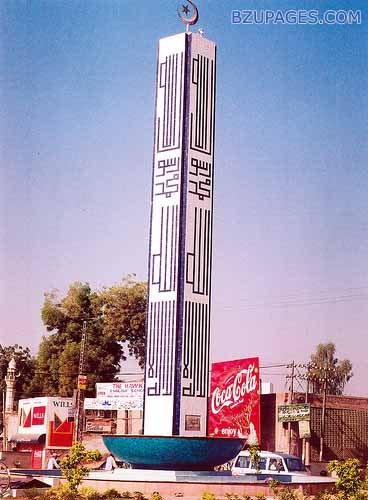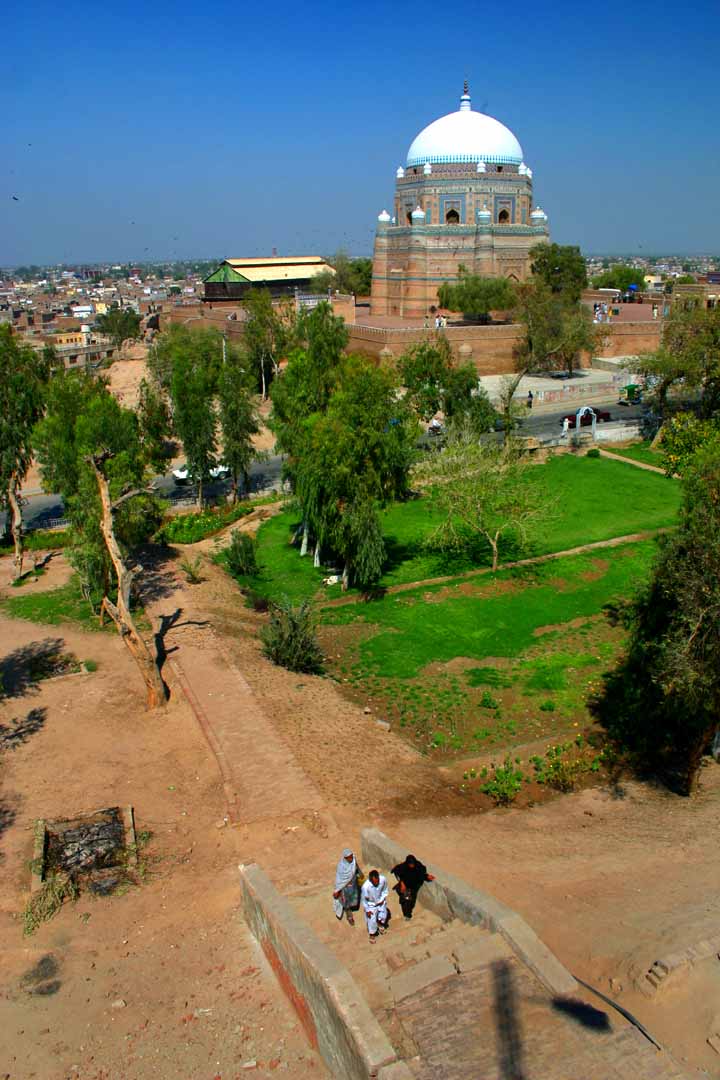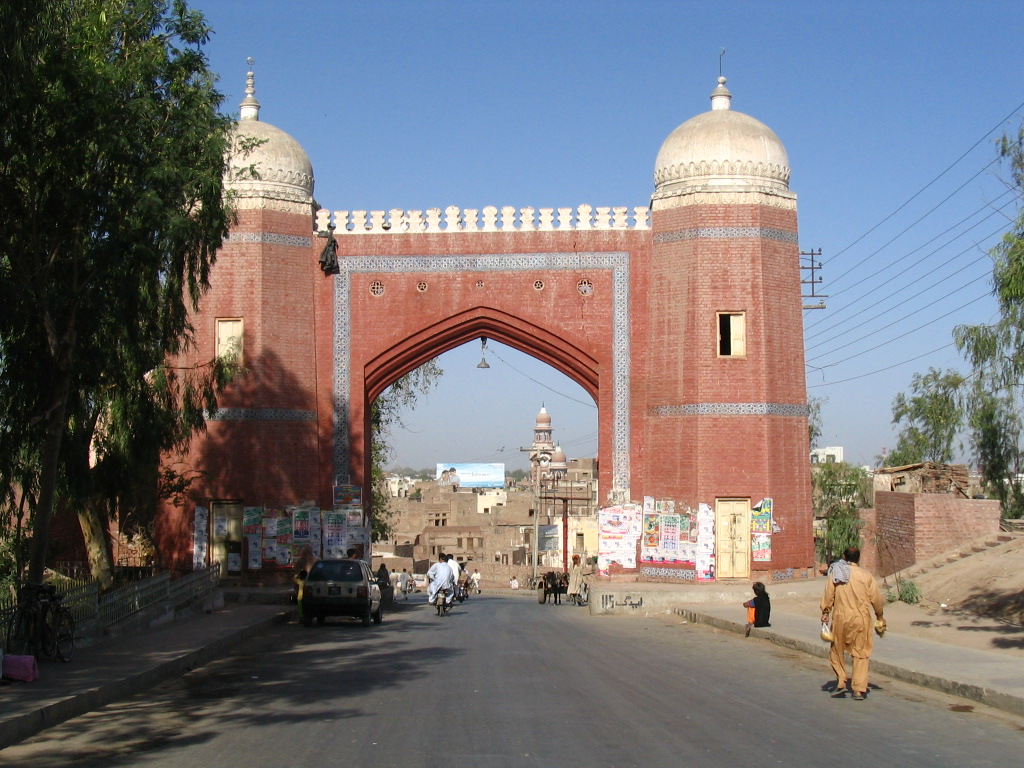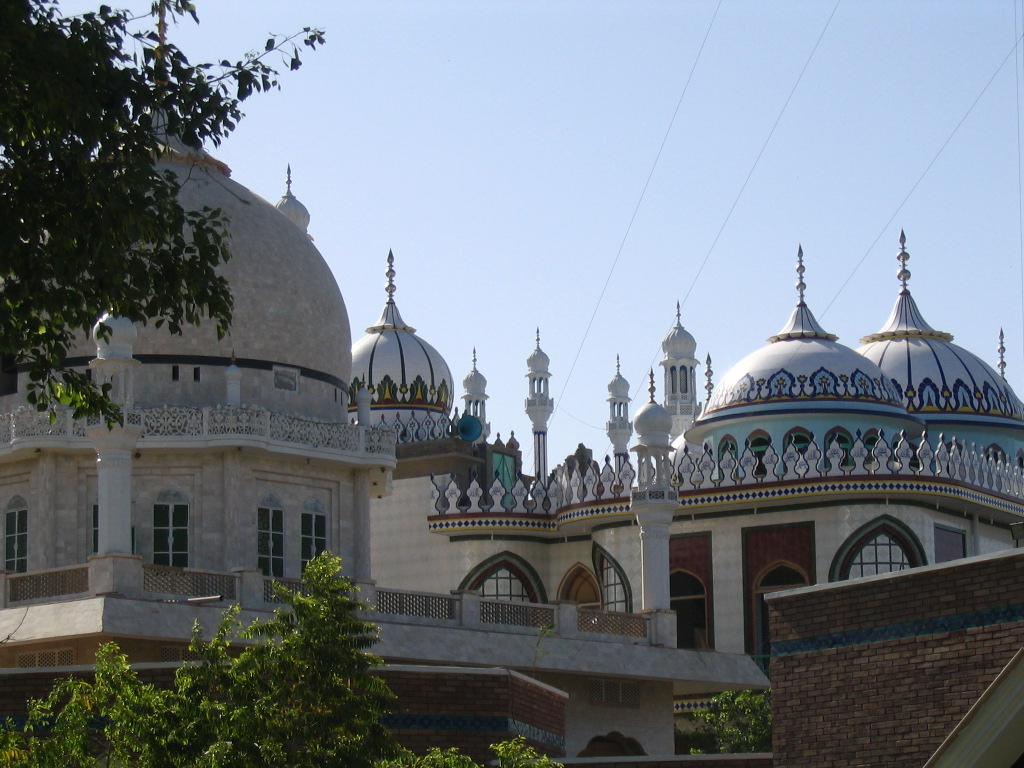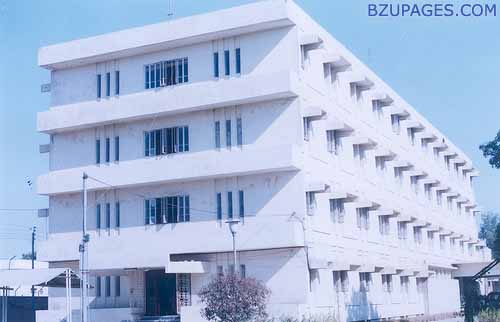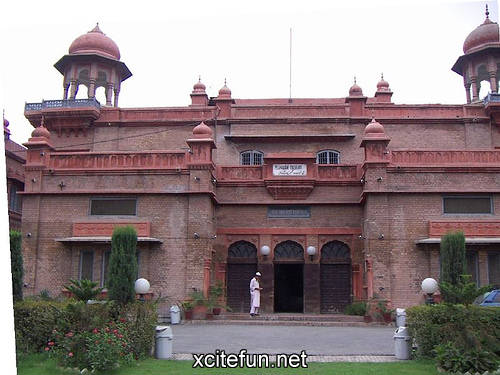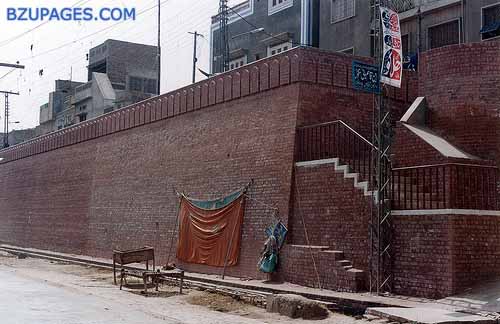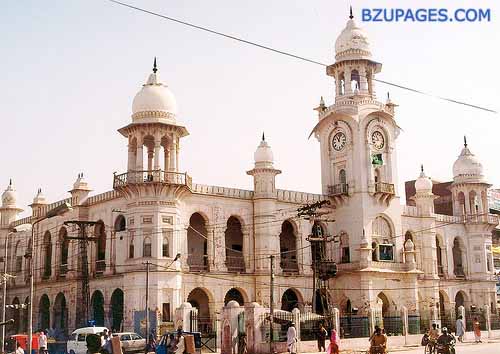Sargodha (Urdu: سرگودھا) is a city in the Sargodha District of Punjab province, Pakistan.
Sargodha is located in the northeast of Pakistan. It is the eleventh largest city of Pakistan and also known as Pakistan's best citrus-producing area. It is an agricultural trade centre with various industries. Sargodha is one of the few planned cities in Pakistan, the other four being Gwadar, Jauharabad, Faisalabad and Islamabad.
Pakistan's largest airbase, PAF Base Mushaf (formerly PAF Base Sargodha), is situated in Sarghoda and hosts the headquarters of the Pakistan Air Force's Central Air Command. The airbase is also home to the Combat Commanders School (CCS), formerly the Fighter Leader's School, an elite training facility for training Pakistan Air Force pilots in fighter tactics and weapons.
History:
The term Sargodha has its origins in the words Sar, meaning pond, and Godha, meaning sadhu.
Sargodha was a small town at the beginning of the British Empire but, due to its geographical location, the British Royal Air Force built an airport there. It took on greater importance after the Independence of Pakistan for the Pakistan Air Force. Shahpur, which is now a tehsil of Sargodha District, was the district at that time. Most parts of the tehsil Sillanwali and Kirana Hillsregion were part of Jhang district and were included later during the British Raj in the Sargodha district. Many writers have come from Sargodha, including Ahmad Nadeem Qasmi, Wazir Ali Agha, Anwar Sadid, Wasi Shah, Moeen Nizami, Abdulqadir Hassan, Zaheer Ud Din Zaheer, Dr. Prince Sajjad (London, UK),Dr. Muhammad Nawaz (Sweden/Norway), and Haroon-ur-Rashid. Singers who hail from Sargodha District include Maloko, Muratab Ali, and Ali Arshad. Sargodha division has also shown talent in sports. The cricket legends Imran Khan, Misbahulhaq, Samiullah Niazi (all from Mianwali), Muhammad Hafeez, Naved Latif (from Sargodha), Shafqat and Muhammad Shabbir, Olympians from hockey, are from Sargodha division.
The 1965 war with India on September 6, 1965 meant the city was a prime target for India, due to the city's close proximity to the neighbouring rival. The citizens of Sargodha supported the Pakistan Army against the advancing of the Indian Army into Pakistan. In 1966, recognising this bravery, the Government of Pakistan awarded the city of Sargodha as well as Sialkot and Lahore with the award of Hilal-E-Istaqlal. The city also has a Pakistan Air Force base within its city. The PAF Base Sargodha now known as PAF Base Mushaf, named after the late Air Chief Marshal Mushaf Ali Mir, a former Chief of Air Staff of the Pakistan Air Force. The strategic location of the base has allowed the Air Force to carry out experimental work within the city. Sial Shareef is the most famous and blessed place of Sargogha. People all over the country and world come to Sial Shareef to gain spiritual education and for religious education. Khawja Muhammad Qamar Ud Din Sialvi was a the greatest saint, religious scholar of Sial Shareef (Sargodha). He took an active part in the Muslim League movement to gain Pakistan. He was entitled Sheikh Ul Islam by the Government of Pakistan.
The city of Sargodha was awarded with the name of "city of eagles".
Economy:
Sargodha is largely an agricultural and industrial city. The vast fields in the city have allowed the farmers to develop a range of crops and animal breeding programs. Some of the main crops include citrus, wheat, rice, and sugar cane, which are exported to the other cities as well as internationally. Citrus fruits such as oranges (locally known as kinnows), guavas and mangoes are the main fruits grown in the district. Jaman, pears, dates, pomegranates, phalsa and almonds are also grown in minor quantities. Turnips, onions, cauliflower, potatoes and tomatoes are the main vegetables grown in the district. The main livestock for the city include goats, sheep, buffaloes and cattle.
Even with agricultural goods being the major income generator for the city as well as the district, the economy and industry has been diversifying itself to generate more demand for other goods which can be manufactured and produced in the city. Other industrial markets include: beverages, manufacture of diesel engines, foundry products, glass products, leather footwear, oil mills, pesticides, insecticides, poultry feed, plastics, readymade garments, tanning and textiles.
A Quick Visit to Sargodha:



Sargodha is commonly known as City of Eagles



Sargodha Road

Pakistan Air Force Collage

PAF Public School

Sargodha University

University of Sargodha
.jpg)
Punjab Collage Sargodha
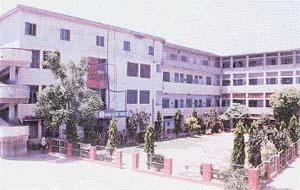
Sargodha National Public Senior Secondary School, Jail Road.


Sargodha Remount Depot

Sargodha Medical Collage

Sargodha Railway Station
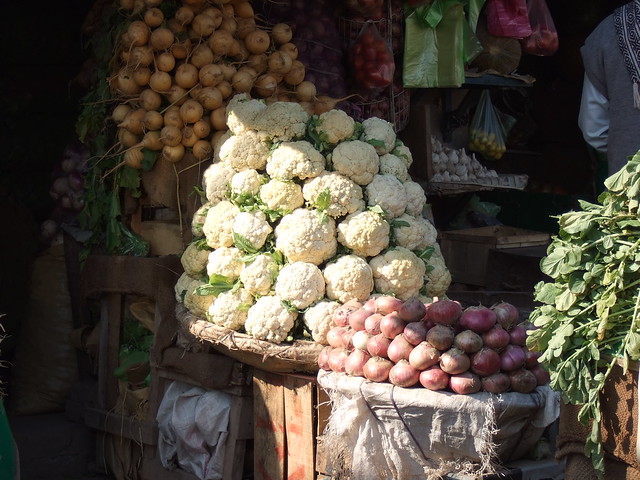
Sargodha Mandi
Orange Famous Fruit of Sargodha



Field of Rice

Field of Wheat

Wheat Product Ready

Mangoes


Sugarcane
